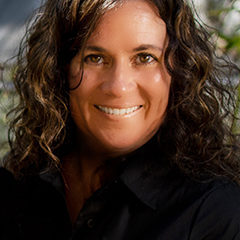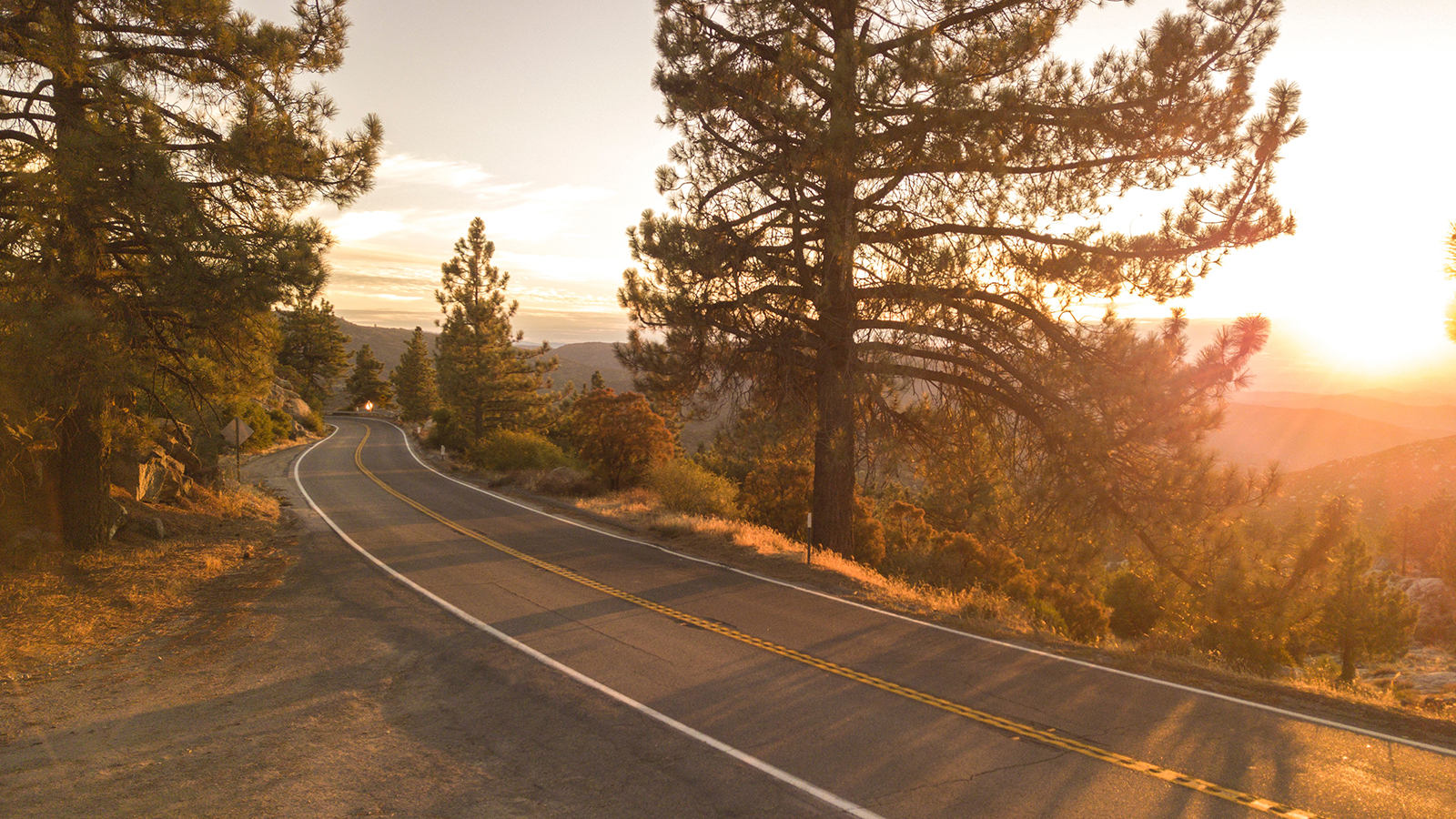Lessons From The Road: What We Can Learn From Northwest Casinos


As the summer season peaks, according to AAA, more people are on the road than ever before, traveling to their favorite summertime destination. Many of these stops now include Indian gaming resorts.
In June, I did a Raving road trip throughout the Northwest, visiting tribal casinos near Seattle, then heading south, through Oregon to Northern California. The impetus was our participation at the Northwest Indian Gaming Conference & Expo, organized by the Washington Indian Gaming Association (WIGA).
Nothing can replace seeing first-hand the challenges and opportunities in Indian country. Many exciting new projects and innovations are happening in the NW, including the Ilani Casino Resort (the photo to the right was taken by my Mom on opening day) operated by the Cowlitz Tribe and servicing the Portland-Vancouver area. It was great to have a chance to catch up with the leaders who now, after 17 years of work and much controversy, have realized their dream of operating a gaming facility.
One of my stops, Muckleshoot Casino, introduced me to the first wireless virtual reality gaming in North America. Raving Strategic Partner Daniel Wood and I teamed up to kill zombies. What a blast – see our video here – and yes, that is me screaming and jumping for my life. You can ask Daniel, the former cop, who won. This is a great example of a property innovating for the future. I also managed to sample beer at the Feather Falls Casino Brewing Company (read our original article here) – what a great story this is.
During my two-week road trip, I visited Win-River Resort & Casino, Seven Feathers Casino Resort, The Mill Casino, 7 Cedars Casino, Tulalip Resort Casino, Angel of the Winds Casino Resort, Rolling Hills Casino, Thunder Valley Casino Resort, Feather Falls Casino, and Muckleshoot Casino. Here is what I learned:
Competition is the number one concern across the northwest
As markets mature and new properties open, the fight to retain our existing players is top of mind. This is our new reality. Twenty years ago it was easy to attract players; operators today invest more to retain existing players and attract new ones. We talk about the life cycle of our players all of the time, but it is important that we look at our business at the macro level to examine where it is in its life cycle. We have been fortunate to have a relative monopoly in our markets; this will not be the case going forward. Tribes will expand their gaming footprint, and commercial and state operators will continue to find ways to grab a piece of the market. It’s no fun, but it is the reality, so we must face it and use it to become better operators.
Golf and technology
Many tribes in the Northwest and across the nation are golf course operators or have established relationships with local courses. It appears the golf courses have found their rightful place as a resort amenity, while realizing that golf does not drive top-end players as once hoped. As the new CEO of Raving, I am now required to become a golfer. I’m proud that Raving has always sponsored female teams at gaming events, with our sales dawg, Amy Hergenrother, at the helm. Golfing on this road trip, with my 15-year old clubs that I bought at Big 5, demonstrated why using my current clubs is like using outdated technology. Although I will never have the skills like Stanford-golfer Dennis, new equipment with training can only help my game. This reinforced the idea that we all must examine our technology and make sure it is doing the job that we need it to do today. There are so many quality vendors out there that can help your organization – it’s the question of finding one that matches your needs, just like me finding the right golf clubs.
Our players demand more
We have trained our players to want and demand more from us. What can we offer and how can we address this need? The answer is not giving away more stuff, but rather it is within each organization’s creation of a unique player experience. This sounds like marketing mumbo-jumbo, but it really isn’t. Creating this atmosphere happens when analytics and research result in the delivery of an experience that cannot be replicated by the competition. It must be organic to the organization and the individual player. It takes work across the organization to pull it off, but if you can, you will create Super Fans of your organization.
Smaller properties can exist next to the bigger ones and even thrive
Since the rooms at Tulalip Resort Casino – the conference and expo site – were sold out, we opted to drive up the road about twenty minutes and stay at Angel of the Winds Casino Resort. Their service was a delight (when’s the last time you heard that?), and this experience reinforced the idea that if you know your market and create a quality guest experience, then you can compete even if you are next door to the “big guy.”
Everyone is struggling to find and retain qualified staff
Some properties have employees that are celebrating over twenty years of services, and their wealth of knowledge and expertise is amazing. However, many jurisdictions are struggling with significant workforce challenges. This is especially true in data analytics and marketing. The tribes that have proven stability and vision are becoming the employer of choice. This is a great advantage in a competitive market. For those who are struggling to fill those positions, it may take a new approach to ensure consistency in this strategic part of the business.
It’s an exciting time in our industry. The overwhelming support the NW tribes provide to each other is unique, and these powerful alliances are needed moving forward. Collaboration, technology, targeted amenities, guest service, and investment in human resources will play a greater role in our futures.






